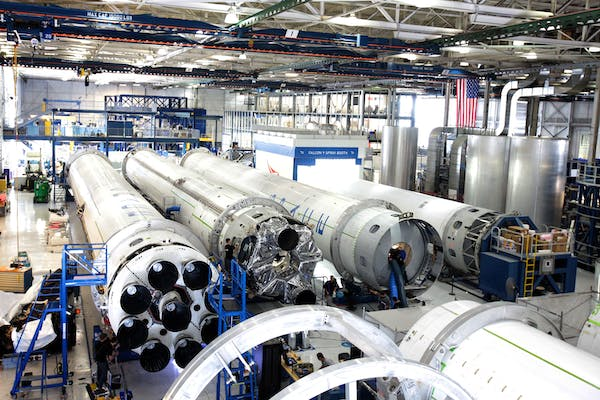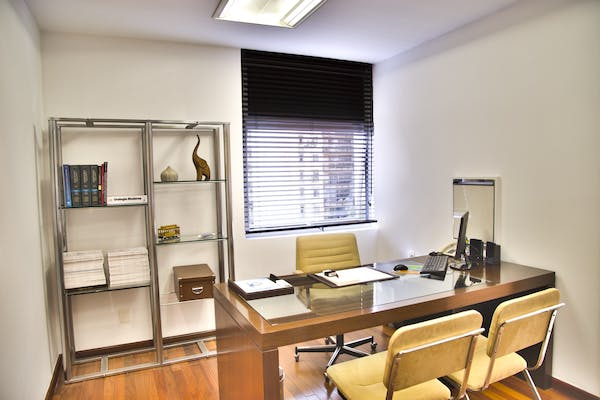Restaurants have starkly different conditions in different areas, and each one must have excellent location-specific environmental control. This is because the wrong environment causes sickness, spoilage, and off-tastes. To get a healthy environment, you need to know about restaurant humidity control.
Here are some of the top areas and how much humidity they need to prevent problems.
The Kitchen
Kitchens are often thought of as being humid, but this is rarely actually true. In reality, droplets of grease tend to hang in the air. These droplets are hard to breathe and can cause problems like asthma to flare up. They also leave a greasy film on the kitchen’s surfaces that is often hard to clean off.
Humidity, on the other hand, is made of water. In the right amounts, it causes no problems. In fact, it reduces the problems caused by airborne contaminants like grease.
Our humidifiers are especially effective at eliminating airborne contaminants. They produce some of the smallest droplets in the industry, and these droplets adhere to contaminants to cause them to stop circulating. These microscopic droplets are also easy on the human airway. This helps improve the health of the kitchen staff.
Proper humidity also helps prevent the spread of germs – an especially important aspect of kitchen sanitation. It gets the germs out of the air so that they don’t spread to either the staff or the food.
Refrigerators and Freezers
Here, the environment needs to be the opposite of that in areas where humans are expected to stay. Dehumidification of coolers is often necessary to prevent mold. This is particularly the case of walk-in refrigerators, where many types of mold enjoy both cool and damp conditions.
Most of these units include dehumidifiers in their construction, so there isn’t need to buy anything special for that aspect. However, it is important to position your Smart Fog humidifier so that it isn’t blowing into the coolers. This is simple to accomplish.
Display Areas
Many restaurants keep a display of buns, bagels, or desserts within view of the customers. Often, this is done at the expense of faster spoilage of the items on display. Prevent that spoilage by keeping these areas properly humidified. Dry isn’t better when it comes to bread and pastry. They will taste stale if they aren’t moist enough. Make sure your restaurant humidity control system or humidifier will prevent overdrying in these areas.
The Dining Area
Here, humidity helps keep customers healthy. The last thing you want is for people to go around saying that they caught a cold or the flu in your establishment! It won’t take long for customers to stay away from a restaurant that they associate with any sickness – even if it has nothing to do with food.
Humidity works to prevent this problem by removing germs from the air. The germs adhere to the droplets produced by the humidifier. These droplets then oxidize some of the germs, killing them, and cause the others to fall out of circulation. The overall effect is a much healthier environment.
Good humidity also improves customer comfort. Humans are comfortable with levels between 30 and 50 percent, so there’s quite a range to choose from. That said, picking a level that’s somewhere in the middle will please the most people.
Ideal humidity goes beyond perceived comfort. When the air is too dry, the throat gets irritated and coughing fits can result. Air that is too wet makes it hard to stay cool and can even make it feel like you’re trying to breathe underwater. Fortunately, our humidifiers can be precisely set to avoid both of these problems.
To learn more about our restaurant humidity control system and how they can help your restaurant, just contact us. We’ll be glad to explain everything, suggest the best installation locations, and point out which of our models will work best for you.





